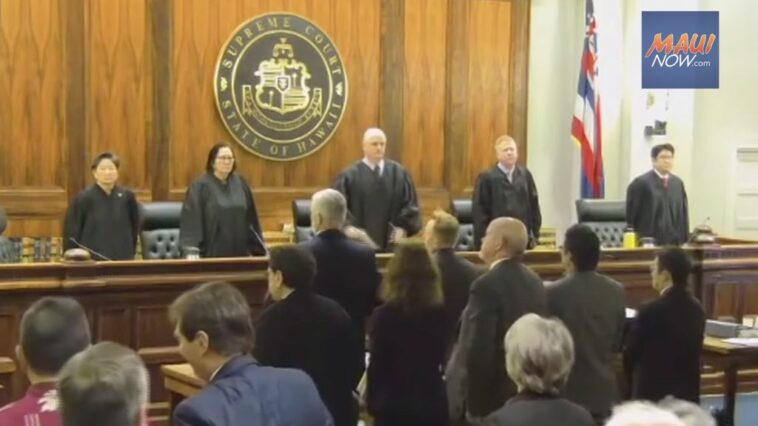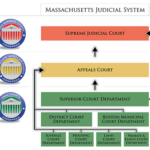
Unraveling the Legal Twists in the Maui Wildfires Case: A Reflective Examination
Disaster can strike at any moment. One such occurrence unfolded when wildfires coursed through Maui, derailing lives and causing significant upheaval. Living through this nerve-racking experience is one thing, but understanding the tricky implications that followed within the system of law and justice is quite another. Let’s navigate through the labyrinth of the recently concluded Maui Wildfires Case, and grasp the greater implications.
1. Understanding the Context: Scary Aftermath of the Maui Wildfires
Cast our minds back to 2023, to the devastating Maui wildfires. The incident prompted a legal brawl that involved insurance companies vying for a stake in the payout. Eventually, it was decided that settlement monies from the defendants would go straight to the fire victims. On one side, this outcome is considered a victory for the victims, but alternatively, it illustrated the tense relationship between conscientious insurers and the convoluted legal process.
2. Who’s at Fault? – Examining the Players
To better decipher the twists and turns of this scenario, a lineup of the involved parties is crucial. Notably, there were major entities aligned with the proposed settlement of an overwhelming $4.037 billion. These included names like Hawaiian Electric and its parent company, Hawaiian Electric Industries (HEI), the State of Hawaiʻi, and more. Each stakeholder played a part in every confusing bit of this drama.
3. The Response: Is Subrogation a Path through the Tangled Issues?
Among the complicated pieces of the puzzle came the insurers who anted up to challenge the decision in court. They pointed to ‘subrogation,’ an operational principle which allows insurers to hold the at-fault parties financially accountable and legally responsible. They argue that this principle should pave a way to make direct claims against the delinquents responsible for the wildfires.
4. What’s the Verdict? – A Quick Look at the Court’s Perspective
The Hawaiʻi Supreme Court however refused to back down. Instead, it reinforced the existing Hawaiʻi law, stating that the rights prioritized actual victims. The property and casualty insurers were then faced with a hurdle in their pursuit for the compensation owed to them. This decision might have been off-putting for insurers but heralded as a victory for victims.
5. Delving Deeper: The Fine Points of the Court’s Decision
It is critical we dive deeper into the court’s ruling which comprised of three main components. Primarily, the court affirmed the restrictions on the subrogation rights of property and casualty insurers, extending it from healthcare insurers. Secondly, it negated the idea that insured party’s rights would be compromised. Finally, it ruled against applying the ‘made whole doctrine’ under the presented mass tort case scenario.
6. Looking Ahead: Navigating the Implications
This case may come across as a typical struggle between the law and capital interests. However, if we take a closer look, there may be more subtle parts to consider which are often missed. For instance, the insurers arguing their point has a potential side benefit – they’re reminding us about the rehabilitation needs of the victims and how subsequent responsibilities should be accounted for. This case ultimately serves as a lesson about the complexities within a disaster’s aftermath and helps carve a path towards improving future legal approaches.
7. Wrapping Up: Decoding the Slight Differences
The Maui Wildfires Case sheds light on the little twists and turns within our legal world. It reminds us of the fine line that exists between victim compensation and capital interest. Furthermore, it underscores the importance of such cases in shaping legal norms. As we continue to rebuild and recover, it is essential to remember the lessons learned from this scary event and the nerve-racking legal aftermath.
Originally Post From https://mauinow.com/2025/02/10/hawai%CA%BBi-supreme-court-issues-speedy-opinion-on-maui-wildfires-case-questions/


